- typeset
- Touch Typist
 Offline
Offline - Registered: 24-4-2016
- Posts: 182
Unusual Underwood No. 5
This one is in unusually good shape and, I suspect, no earlier than the '30s. It has unusual key symbols that may be Czech, but am unsure. There are also double vertical and horizontal lines. Can anybody tell me more about it?
Thank you.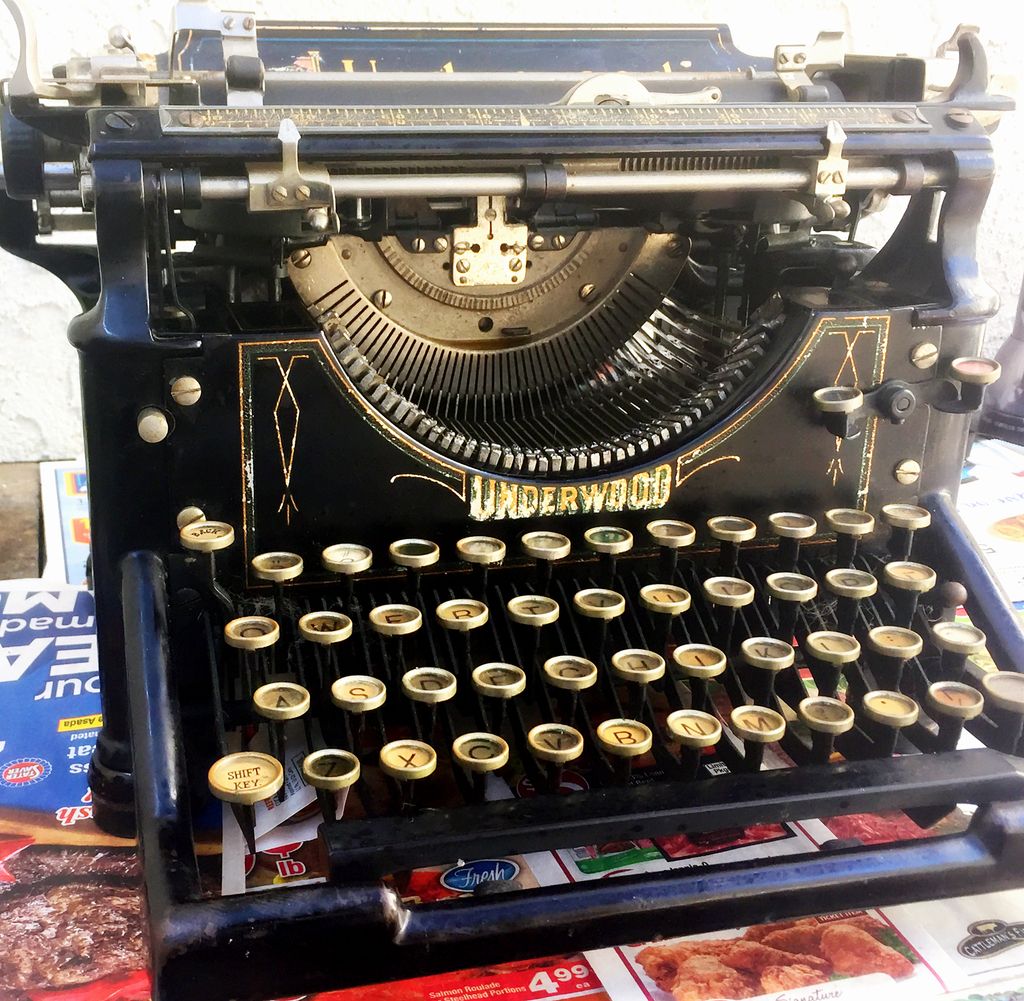
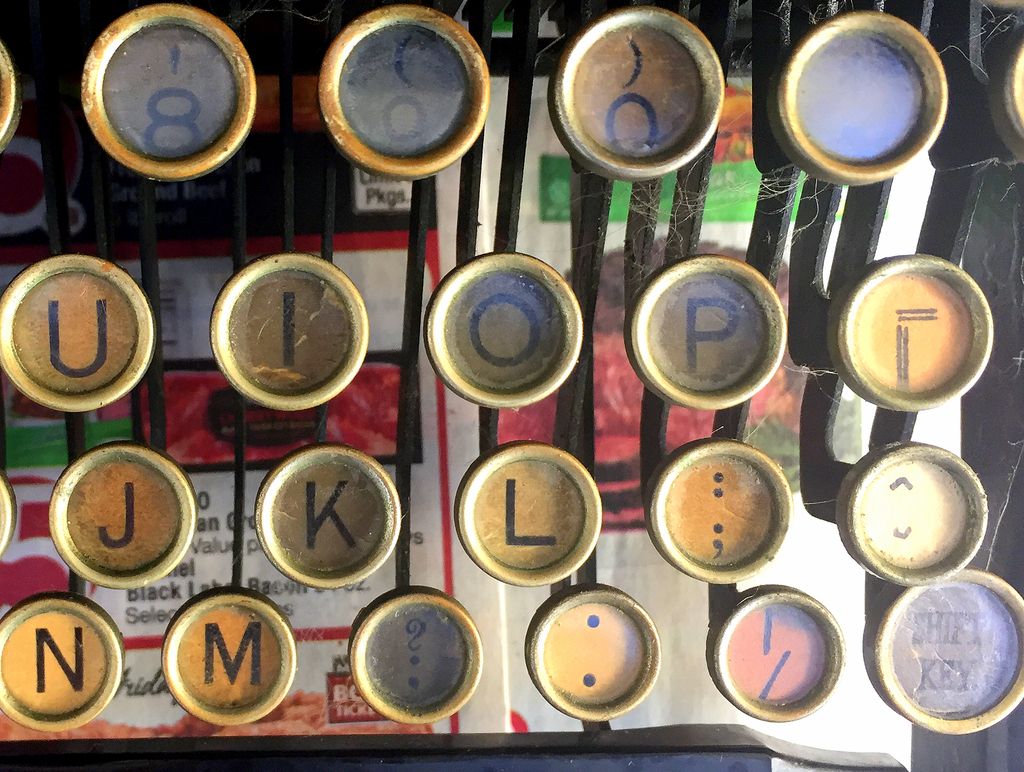
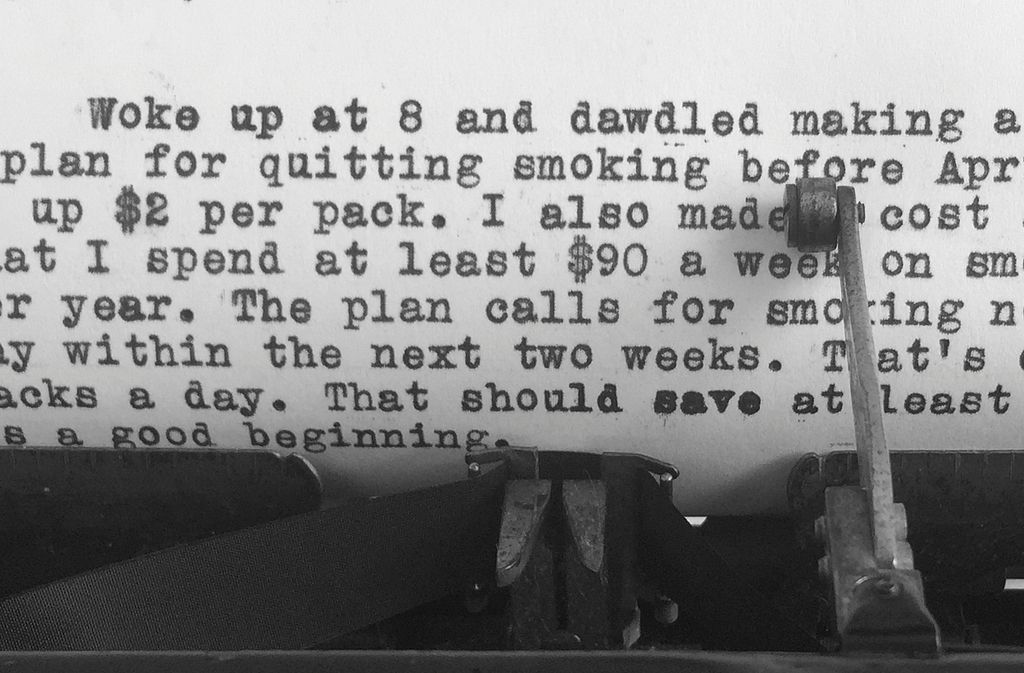
Visit my website, eafeliupoetry.com, for posts on typewriters and literature.
- Uwe
- Moderator
 Offline
Offline 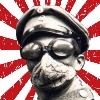
- From: Toronto, Canada
- Registered: 12-3-2013
- Posts: 4,410
Re: Unusual Underwood No. 5
Very cool!
It doesn't look like a Czech keyboard to me (aren't they typically QWERTZ and not QWERTY?), so a full type sample using this format might help and would put the special symbols into perspective:
The pronoun I has always been capitalized in the English language for more than 700 years.
- typeset
- Touch Typist
 Offline
Offline - Registered: 24-4-2016
- Posts: 182
Re: Unusual Underwood No. 5
Thanks, Uwe! I think it's pretty cool. I've been told it's from 1915 (serial number below).
Here's how the type sample looks like (I know it's kinda lame. I emphasized the odd symbols).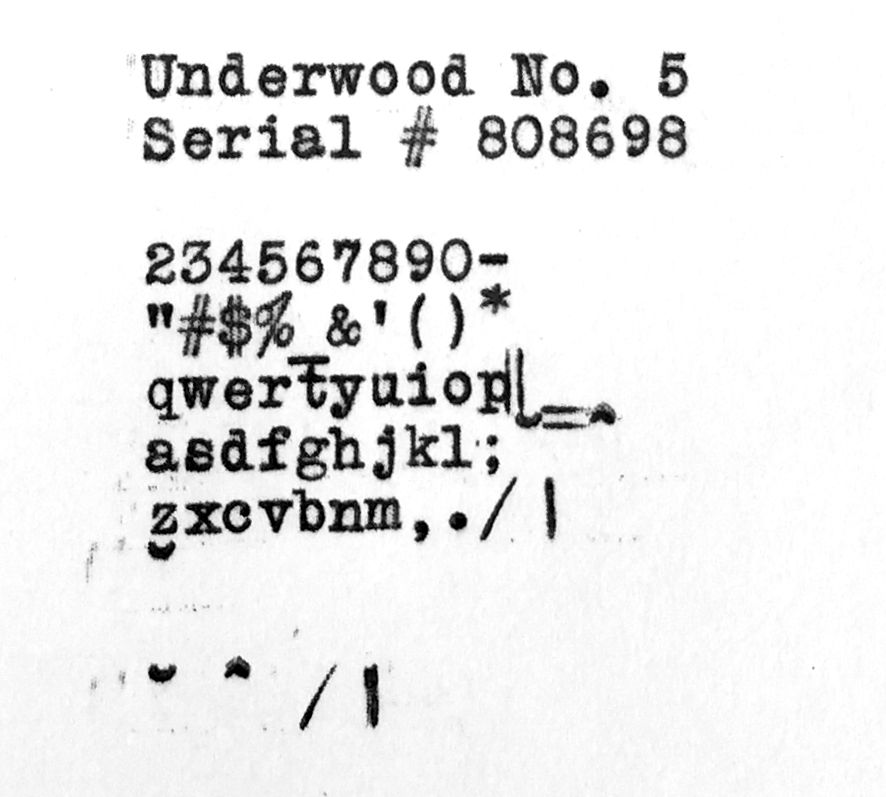
Visit my website, eafeliupoetry.com, for posts on typewriters and literature.
- •
- SoucekFan
- Key Master
 Offline
Offline 
- From: United States
- Registered: 27-12-2015
- Posts: 502
Re: Unusual Underwood No. 5
Are they scansion marks? Some of them look like the symbols for marking metric patterns in classical poetry.
- typeset
- Touch Typist
 Offline
Offline - Registered: 24-4-2016
- Posts: 182
Re: Unusual Underwood No. 5
Oh ****, Soucek has a point. Wow: first one I see like this. Most appropriate because I'm a poet and literature teacher.
Visit my website, eafeliupoetry.com, for posts on typewriters and literature.
- •
- Uwe
- Moderator
 Offline
Offline 
- From: Toronto, Canada
- Registered: 12-3-2013
- Posts: 4,410
Re: Unusual Underwood No. 5
SoucekFan wrote:
Are they scansion marks?
Brilliant! I never would have got that. There can't be too many poetry typewriters around...
The pronoun I has always been capitalized in the English language for more than 700 years.
- SoucekFan
- Key Master
 Offline
Offline 
- From: United States
- Registered: 27-12-2015
- Posts: 502
Re: Unusual Underwood No. 5
Uwe wrote:
SoucekFan wrote:
Are they scansion marks?
Brilliant! I never would have got that. There can't be too many poetry typewriters around...
Nice. I finally made use of my classics degree. That is a great find. I am imagining it in the office of some early 20th century college professor.
- Fleetwing
- Typewriter Talk Vet
 Offline
Offline - From: Hartford, CT USA
- Registered: 30-6-2015
- Posts: 1,022
Re: Unusual Underwood No. 5
Nice sleuthing! Any thoughts about the use of the double horizontal line?
- typeset
- Touch Typist
 Offline
Offline - Registered: 24-4-2016
- Posts: 182
Re: Unusual Underwood No. 5
Fleeting, that evades me too. Is it possible this was a custom ordered keyboard?
Visit my website, eafeliupoetry.com, for posts on typewriters and literature.
- •
- SoucekFan
- Key Master
 Offline
Offline 
- From: United States
- Registered: 27-12-2015
- Posts: 502
Re: Unusual Underwood No. 5
Fleetwing wrote:
Nice sleuthing! Any thoughts about the use of the double horizontal line?
The double line is a caesura. It was used to mark a break or a pause. It was used differently depending on what era of verse. There are examples of its usage for different types of poetry on the Wikipedia page for it, here.
For further explanations of the poetry symbols, the page where Uwe pulled the table has some more info on the symbols, here; as does this site.

 1
1 